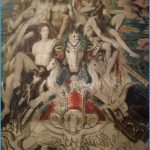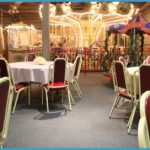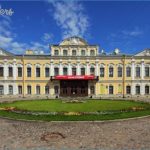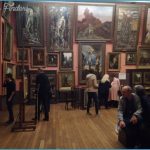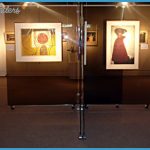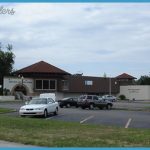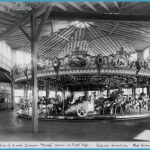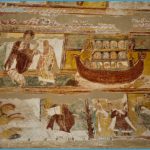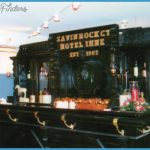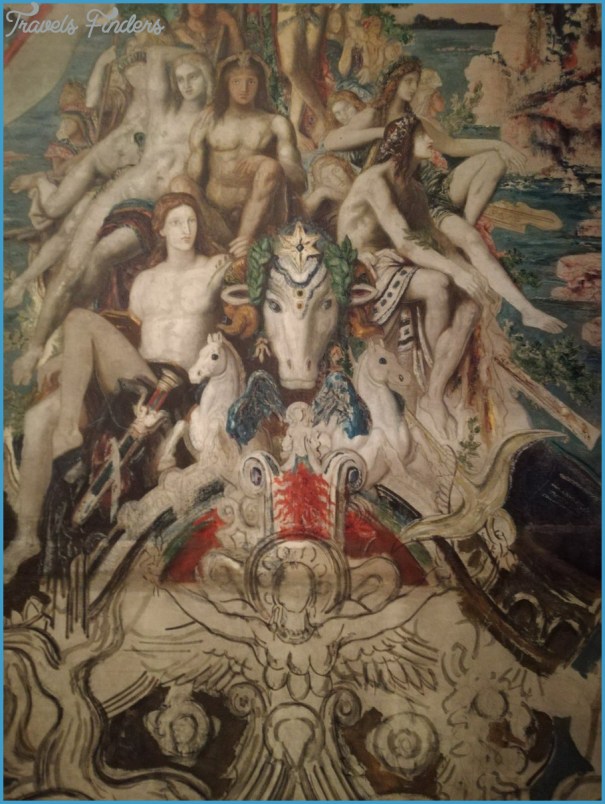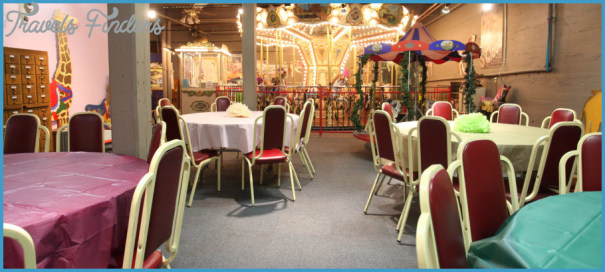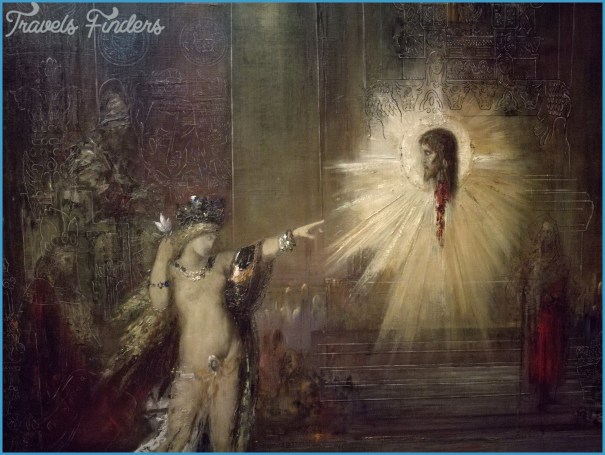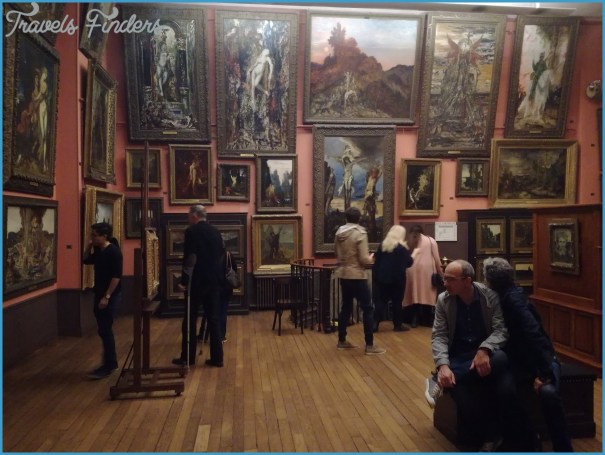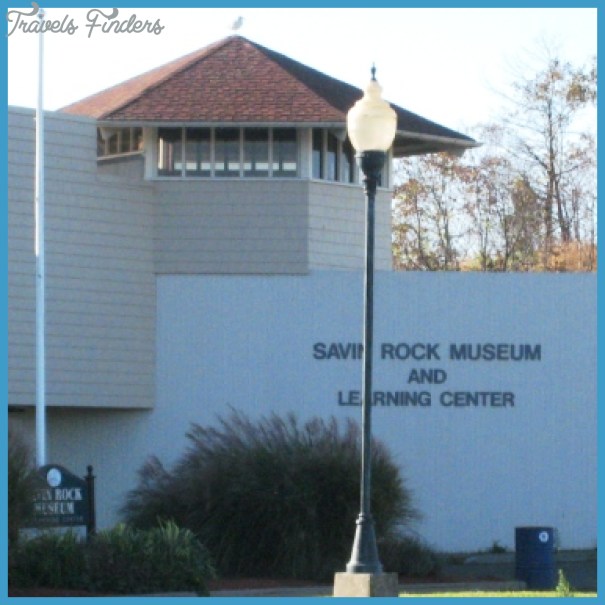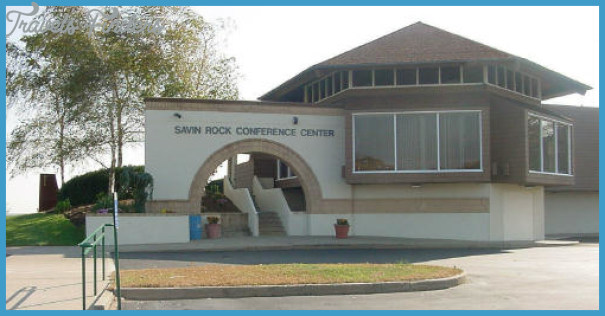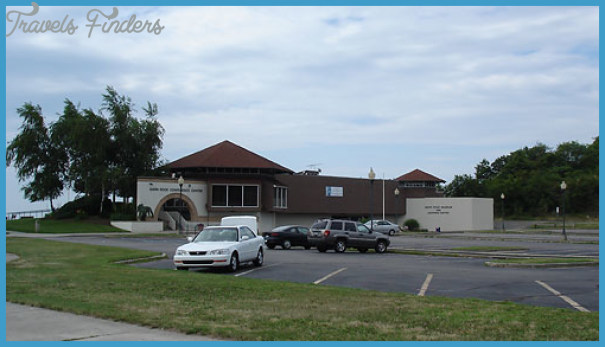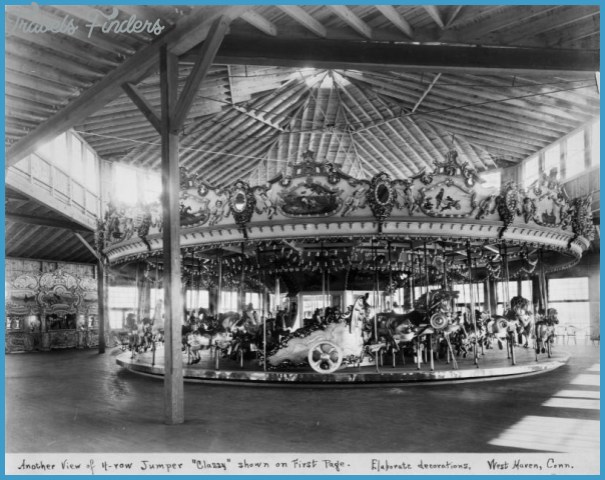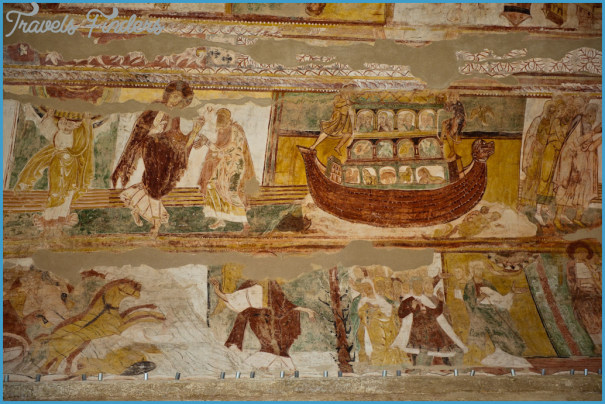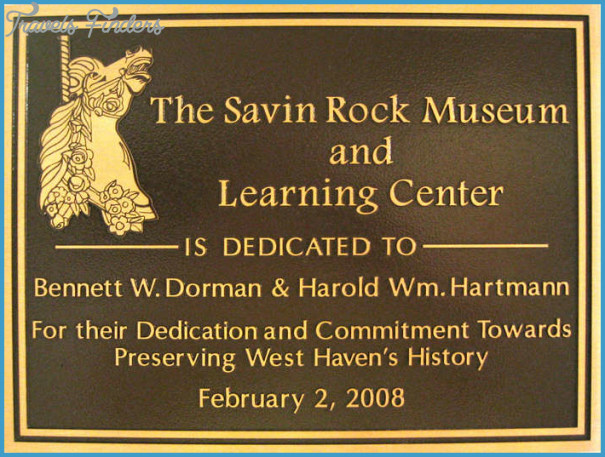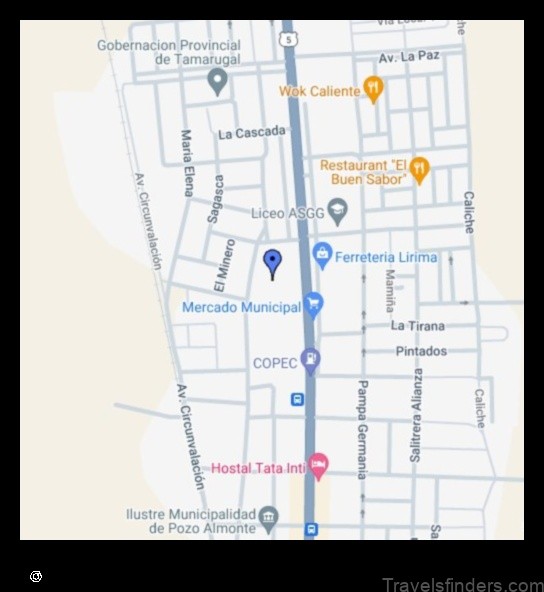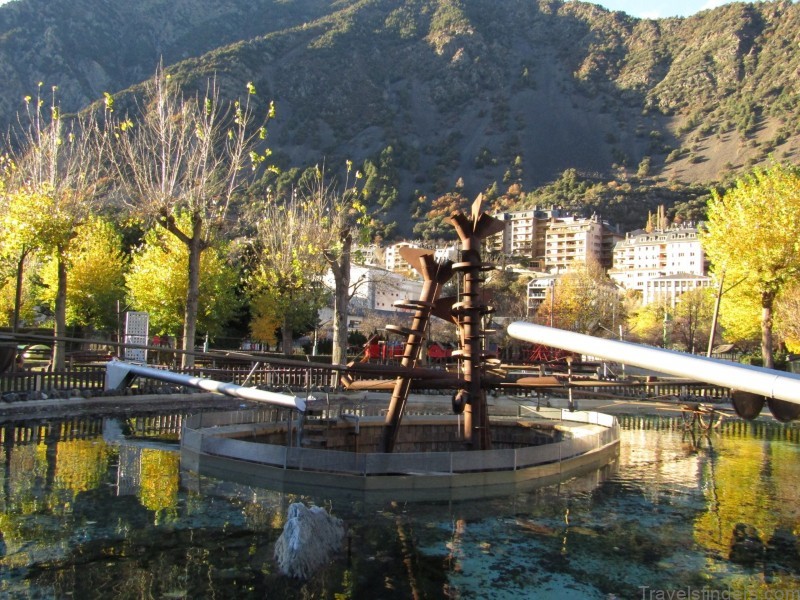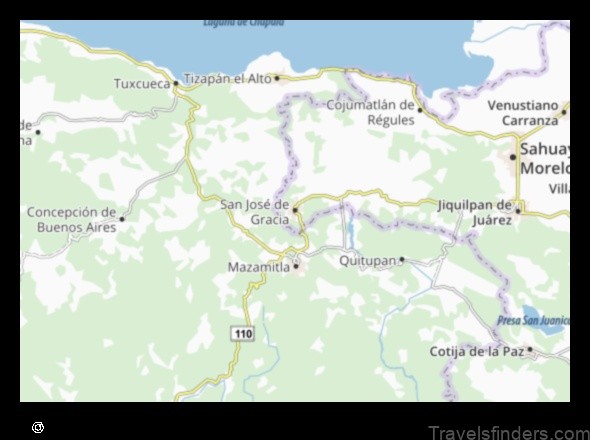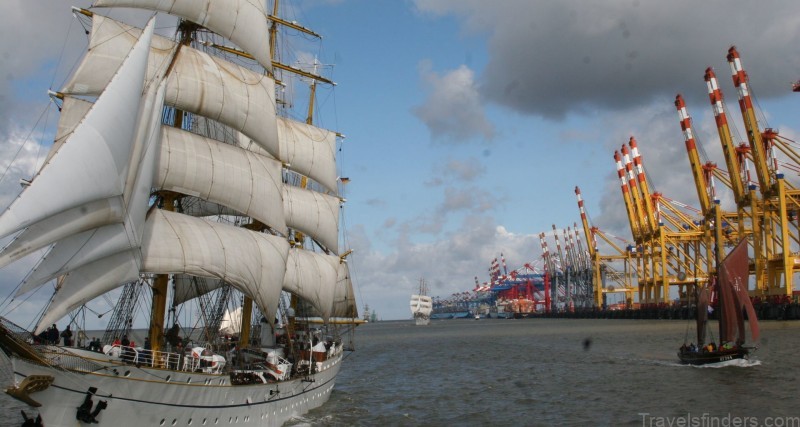SAVIN MUSEUM
Friderik Sirca was an officer in the Austrian imperial army; his military career ended after 38 years’ service in 1918, when he had reached the rank of major-general. But he had led a double life: he was also a composer. He kept his two sides firmly apart by using the name Risto Savin (probably derived from the local river, the Savinja) for his musical studies, in Vienna and Prague in the 1890s, and for his ensuing career in music, which embraced the composition of three operas successfully produced in Ljubljana as well as ballets, solo and choral songs and piano music.
Savin was born on 11 July 1859 to a mercantile family in the central Slovenian town of Zalec, about 55 km east of Ljubljana. The house of his birth, in the centre of the town, dates back to 1669; it was renovated in 1972 and part of it is an art gallery and offices, but on its upper floor is a large room dedicated to his memory – Savin’s own working room after his return to Zalec, where he lived from 1919 until his death, apart from six years following his marriage on his wife’s estates near Ptuj. In this room are relics from various parts of his life.
SAVIN MUSEUM Photo Gallery
Two showcases are given over to his military career (with his medals, his caps, his water flask, his binoculars) and there are photographs and a portrait of him in uniform and on horseback. Some of his uniforms are preserved in a case. One corner is dedicated to his family (he was the youngest of six children), with photo- graphs of his parents and siblings, letters and mementoes, and there is a photograph showing the room as it was in 1939. Another showcase preserves various personal objects – his glasses, his cigarette case, his calling cards and a berib-boned silver sprig of laurel. The area around his desk, on which original manuscripts and letters can be seen beneath the glass, as well as his fountain pens and inkstand, is concerned with his musical career. A lute and a side drum belonging to him are displayed, along with photographs of his singers and posters for his concerts (including an 80th birthday event), and there is a china figurine, his wife’s gift to him, symbolizing his ballet Cajna puncka (‘The Tea Doll’). Some of his furniture – chairs, a sofa, a chest, a table – are shown too. His two sides merge in a charcoal portrait of him, in uniform, at the piano, dating from 1903.
Savin’s widow remained in the house and died in 1969; she had given away many of his possessions but some were returned when the house was acquired by the municipality and, in the early 1990s, became a museum. His own music manuscripts are housed in the local heritage museum. Savin himself died in Zagreb, on 11 December 1948, and was buried in Zalec; on his grave, by the cemetery entrance, is a bust. Next to the local cultural centre and office is a music school named after him, also with a bust.

